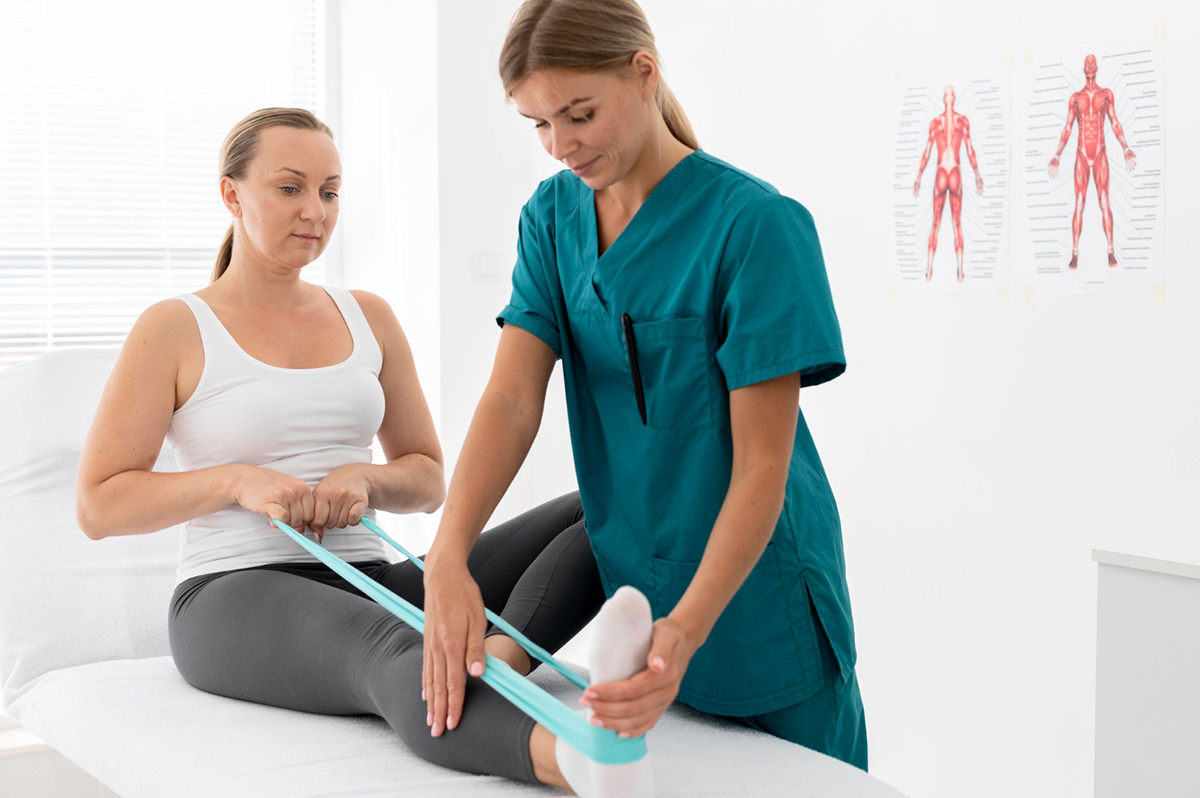Tips to Get More Out of Self Myofascial Release

Our daily routine can leave us with sore muscles, tightness, and knots in the body. Whether it's due to sitting on the desk all day long or intense exercise routines, we need a relief from the constant pain. This is where self myofascial release (SMR) comes in. It is a self-massage technique that helps to release muscle tension and improve muscle recovery. SMR has become increasingly popular in the past few years, and with good reason. In this blog post, we will be discussing five tips to get more out of your SMR experience.
1. Warm-up before SMR
Before beginning your SMR routine, it's essential to warm up first. Warming up increases your blood flow to the muscles, making it easier to release the tension within them. You can warmup by going on a brisk walk, jumping jacks, or any exercises that increase your heart rate. Give your muscles a chance to wake up before getting into SMR, and it will have a more significant impact.
2. Use the right equipment
Choosing the right SMR equipment is crucial. A foam roller, tennis ball, and massage ball are the most common SMR equipment used. However, selecting the right density and size is essential to target your muscles properly. A high-density foam roller is great for areas like the glutes, hamstrings, and calves, while smaller massage balls work best for specific and smaller muscle groups.
3. Breathe
Breathing during SMR helps to increase blood flow and increase relaxation. When you feel tension or pain in your muscles during SMR, simply take a deep breath in and slowly exhale. Repeat this process for a few cycles, and you'll feel much better. Breathing also helps you to be more aware of your body, which can help you to sense the areas that need more attention during your SMR routine.
4. Be consistent
SMR is not a one-time solution. It would be best to perform the technique consistently to improve muscle recovery and release muscle tension. You should aim for at least 10 minutes of SMR two to three times a week. It's preferable to incorporate SMR into your weekly workout routine.
5. Post-SMR Stretch
After releasing tension in your muscles after SMR, it's important to do some light stretching. This can be as simple as holding your leg in a straight position and pulling towards your chest slowly. Stretching helps you to maintain muscle elasticity and can reduce soreness after SMR.
Conclusion
Self-myofascial release (SMR) is an effective and accessible way of reducing muscle tension and soreness. With the help of these tips, you can maximize your SMR routine and take care of your muscles better. It's always essential to listen to your body. SMR can be uncomfortable at times, but it should never be painful. If you experience sharp pains, stop immediately and consult a professional. If you're looking to schedule an appointment with a physiotherapist in Winter Park, FL, contact B Physical Therapy today!